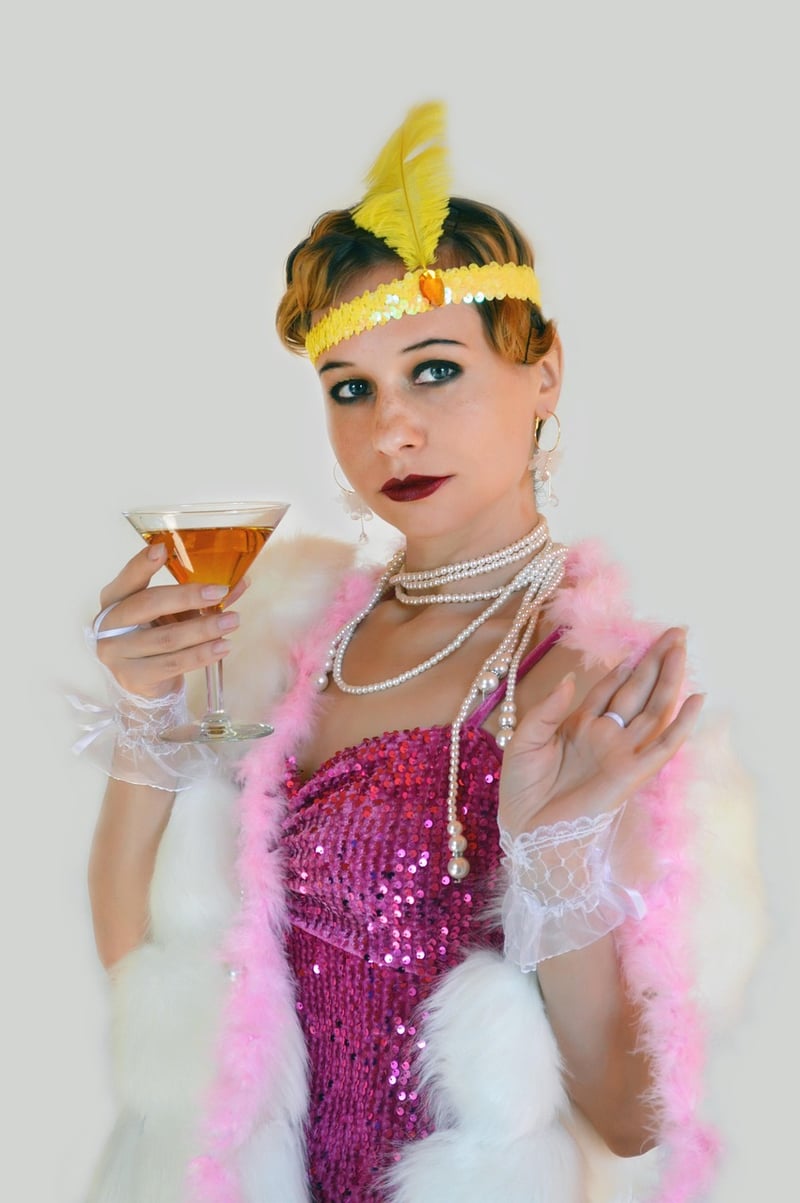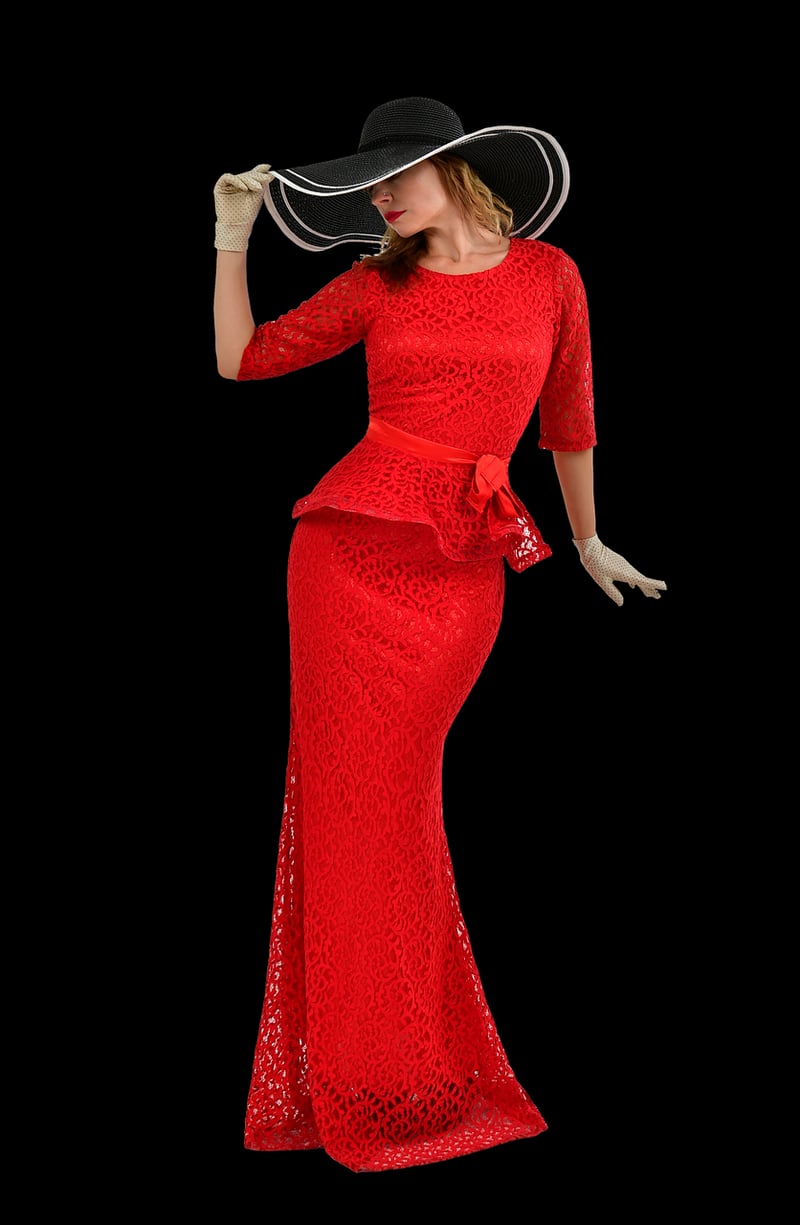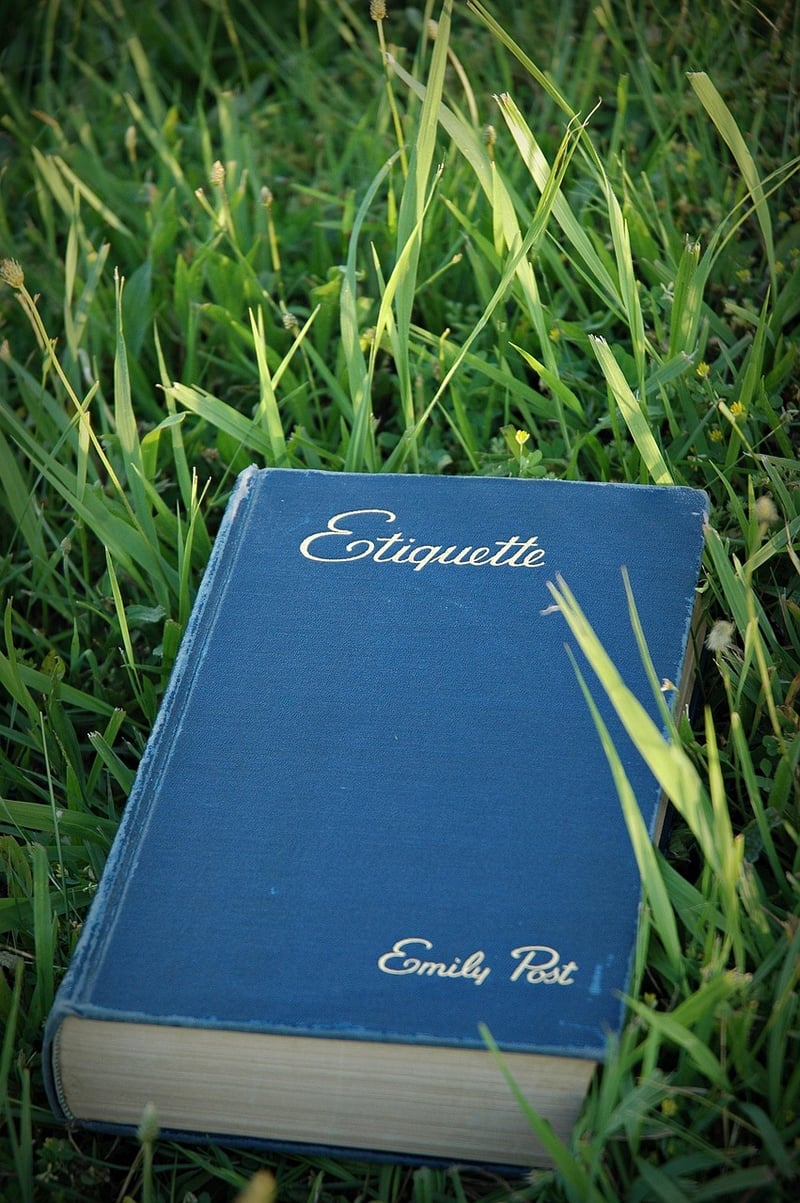Historical Etiquette
Stay Prepared for Time Leaps: Historical Etiquette
Have you ever wondered what it would be like to travel back in time and experience the charm of historical eras? Whether you're a history enthusiast, a writer working on a period piece, or just someone curious about the past, understanding historical etiquette can add depth and authenticity to your experience. Let's delve into the world of historical manners and behaviors that shaped social interactions in different time periods.
The Victorian Era: Grace and Formality
In the Victorian era, which spanned from 1837 to 1901, etiquette played a crucial role in society. Politeness, elegance, and strict social norms were highly valued. Women wore elaborate dresses, and men sported top hats and tails. Proper manners were essential, from how one greeted others to the way one ate their meals.

Key Etiquette Tips:
- Always address people by their proper titles.
- Use formal language and avoid slang.
- Respect personal space and avoid loud behavior.
The Roaring Twenties: Flappers and Jazz
The 1920s marked a period of rebellion against traditional norms. The era of flappers, jazz, and speakeasies saw a shift towards more relaxed social conventions. Women's fashion became more daring, and dancing to jazz music became a popular pastime. Despite the changes, etiquette still played a role in defining social interactions.

Key Etiquette Tips:
- Be open to new ideas and experiences.
- Respect individual freedoms and choices.
- Embrace diversity and inclusivity.
The Regency Era: Elegance and Romance
The Regency era, spanning from 1811 to 1820, was known for its elegance and romanticism. Jane Austen's novels capture the essence of this period, where balls, courtship, and social rituals were central to society. Etiquette governed everything from how one danced at a ball to how one courted a potential suitor.

Key Etiquette Tips:
- Master the art of polite conversation and witty banter.
- Practice graceful dancing and proper introductions.
- Show respect for tradition and honor social hierarchies.
Exploring historical etiquette allows us to appreciate the customs and norms that shaped past societies. Whether you're attending a themed event, writing a historical novel, or simply curious about the past, incorporating these etiquette tips can transport you back in time and enrich your understanding of different eras.
Embrace the charm of bygone eras and let historical etiquette guide you through a journey of grace, elegance, and tradition.
